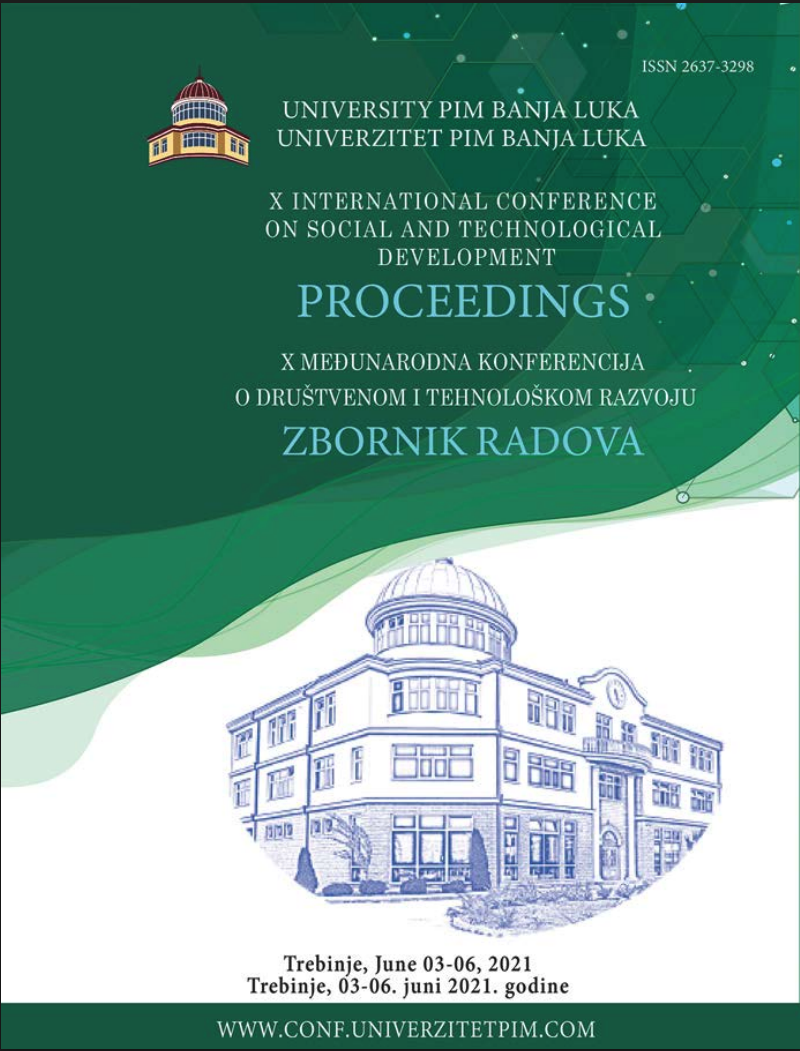
This is an open access article distributed under the Creative Commons Attribution License which permits unrestricted use, distribution, and reproduction in any medium, provided the original work is properly cited.
Faculty of Metallurgy and Technology, University of Montenegro , Podgorica , Montenegro
Faculty of Metallurgy and Technology, University of Montenegro , Podgorica , Montenegro
Institute of Public Health of Montenegro , Podgorica , Montenegro
Institute of Public Health of Montenegro , Podgorica , Montenegro
Faculty of Natural Sciences, University of Montenegro , Podgorica , Montenegro
Institute of Public Health of Montenegro , Podgorica , Montenegro
Recent data in the field of wastewater treatment by adsorption indicated the increasing usage of industrial waste as adsorbents for heavy metals removal from wastewater. This is an especially important topic with respect to the fact that in Montenegro operating steelmaking factory and coal fired power station which generates by-products that can be used as new low-cost adsorbents. Steelmaking factory generates electric arc furnace slag as by-product of steel production while coal fired power station generates a large quantity of fly ash as a result of coal combustion. Therefore, this study aimed to examine the possibility of using modified ash and slag as new adsorbents for Cu2+ removal from aquatic solution. The obtained results showed that both materials can be successfully used for the removal of Cu2+ from aqueous solutions by the fact that the modified slag is a more efficient adsorbent in comparison to the modified fly ash. The obtained removal efficiency for modified slag was 62.3% at ambient conditions while modified fly ash enables removal of 45.6% of copper ions from aquatic solutions at the same conditions.
The statements, opinions and data contained in the journal are solely those of the individual authors and contributors and not of the publisher and the editor(s). We stay neutral with regard to jurisdictional claims in published maps and institutional affiliations.